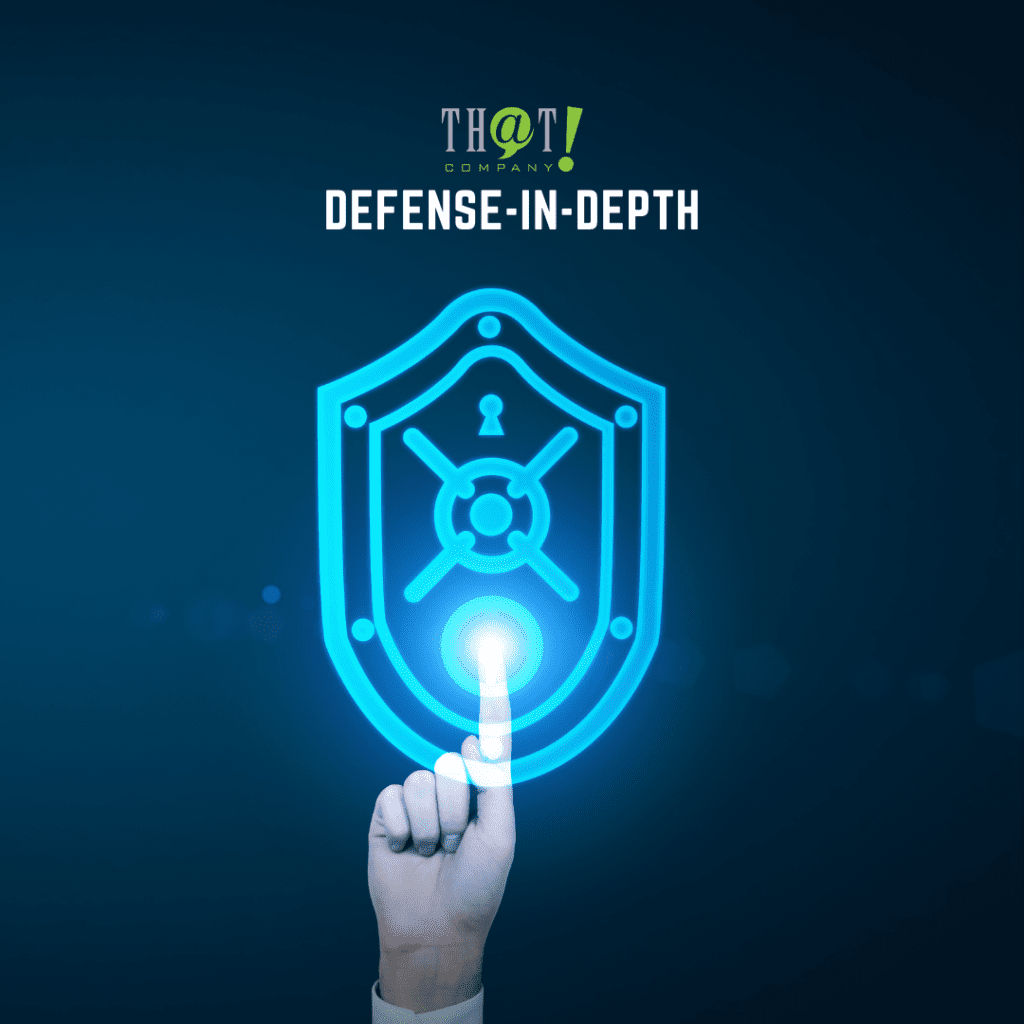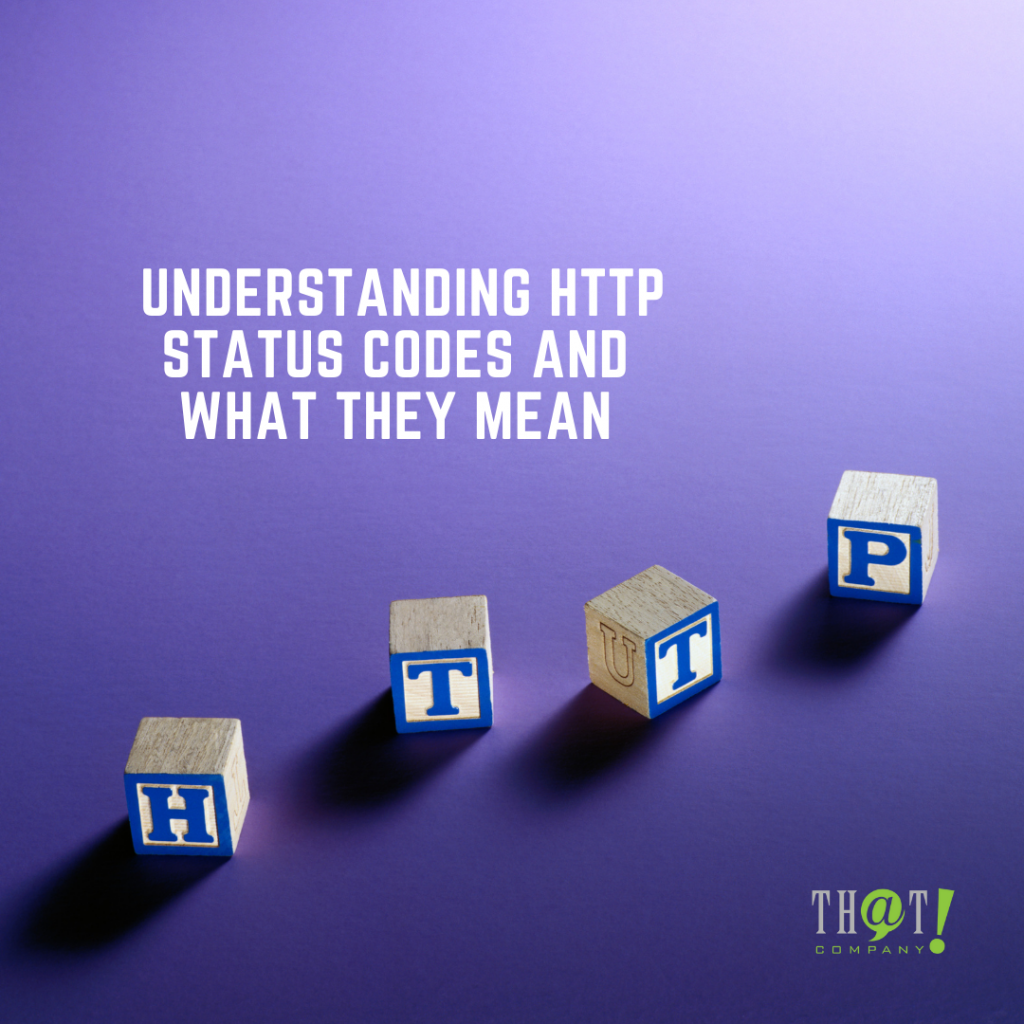
The idea of defense-in-depth has been around since a building owner would hire architects to design how his building looked on all fronts. It would be equally difficult for an enemy to attack because they had to overcome multiple obstacles and take many risks to get into the door. This philosophy is nothing new, but as cybersecurity becomes a more significant concern than ever before, people are starting to realize that this routing of defense also extends into their company’s computer systems.
Some businesses are having white-label software related to defense-in-depth developed and groomed and can help them to provide this layer of defense immediately with a reasonable white-label pricing. However, it is also important to understand what is white label, especially what defense-in-depth is.
What is DiD?
 Defense-In-Depth (DID) is a network security architecture strategy used to protect information and resources against all known and unknown attacks. It takes multiple layers of defense to keep data safe. The best way to describe it is by using the human body as an analogy: no matter what happens, your immune system is at work behind the scenes. If your body encounters a virus, it creates antibodies that fight it off. If the virus is too strong, your body’s systems attempt to fight it off until it can regain control. If things get bad enough, you will most likely experience some form of sickness. These are all parts of an immune system protecting you against an attack.
Defense-In-Depth (DID) is a network security architecture strategy used to protect information and resources against all known and unknown attacks. It takes multiple layers of defense to keep data safe. The best way to describe it is by using the human body as an analogy: no matter what happens, your immune system is at work behind the scenes. If your body encounters a virus, it creates antibodies that fight it off. If the virus is too strong, your body’s systems attempt to fight it off until it can regain control. If things get bad enough, you will most likely experience some form of sickness. These are all parts of an immune system protecting you against an attack.
Perhaps one of the most familiar examples of DiD is banking technology. The first layer would be something like a PIN. Without that, no money can be made (unless you are in a country where they do not use any form of ID). Then, a wire transfer would take place. Banks can check for doubles in payments to make things even more secure. Often this is where the name “duplicate protection” comes from. The original piece of information sent over would be copied, so if there was an error or another person tried to use the same account information, they would not be able to.
All of these security measures serve as just one layer of defense-in-depth in your company’s IT infrastructure. It is important to remember that once you see something, it is too late. There is no stopping “the wave,” The first wave is always coming in.
[bctt tweet=” Defense-In-Depth (DID) is a network security architecture strategy used to protect information and resources against all known and unknown attacks” username=”ThatCompanycom”]Why is DiD important?
 In today’s business world, the importance of security has never been more apparent. Just like the ancient saying “an ounce of prevention is worth a pound of cure,” the same can be said for security in depth. By taking preventative measures now, you can avoid any costly and devastating attacks that may occur later. This way, you are building an effective and secure network security architecture strategy to protect your company’s data and resources against all known and unknown attacks.
In today’s business world, the importance of security has never been more apparent. Just like the ancient saying “an ounce of prevention is worth a pound of cure,” the same can be said for security in depth. By taking preventative measures now, you can avoid any costly and devastating attacks that may occur later. This way, you are building an effective and secure network security architecture strategy to protect your company’s data and resources against all known and unknown attacks.
Knowledge is power. The more information you can implement, the more control you have to combat a potential attack. The best way to use this knowledge is by incorporating the DiD approach into your company’s business plan. By doing this, your employees will know how to protect the company when it comes under attack and will be able to combat any future breaches that may occur.
DiD is not a proprietary system you must purchase from a security company and then hire technicians to implement it on your network. It is a system that is easily implemented to work in conjunction with your existing infrastructure. With the money you save by using a combination of security measures, you can then implement other layers of defense-in-depth.
With the most recent NSA attacks on U.S. companies and government agencies, the importance of protecting data has never been more critical. Businesses must do everything in their power to protect their assets, and the following examples of layers of defense-in-depth will allow them to do this.
Different Layers of Defense
Antivirus solutions are one layer of defense-in-depth, and they are designed to keep malicious software from gaining access to your company’s information systems. An antivirus solution is not a standalone product but is usually part of a larger security package. Because malware is constantly evolving and trying new means of infiltration, many companies out there provide this service for the entire network or certain parts of it.
Firewalls function as another layer. They monitor incoming traffic through ports and applications to ensure that it does not contain any viruses or malicious content. This is usually the first thing a hacker will attempt to penetrate to get information or infect computers on the network.
Intrusion detection systems are another layer of defense-in-depth. They will monitor user activity and alert IT professionals, if there have been any suspicious actions that may lead to an attack on the network, such as entering unusual characters or logging in from an unknown location. They also allow administrators to monitor network activity 24 hours a day and alert them if a hacker is attempting to enter the network through a port they have not yet blocked.
Virtual Private Networks are a final layer of security in-depth. Clients encrypt network traffic and transmit it over public networks such as the Internet when using this application. Because it uses an encrypted tunnel, any data coming into or out of the company will be safe from outside intrusion but still accessible to users when inside the firewall.
Has Security Awareness
 Security awareness is a process of promoting security education and understanding to your team to reduce the risk of criminal activity.
Security awareness is a process of promoting security education and understanding to your team to reduce the risk of criminal activity.
Being aware of and preparing for security threats has become increasingly important in recent years. While a data breach event will cost a company millions of dollars, it also reveals how companies need to take precautions when handling sensitive information such as names and social security numbers. Protection is the ultimate goal and result of building a security program. This is an absolute must, especially if your company has any data or sensitive information that needs to be protected or secured.
The first step is to scan your network and ensure that everything is protected with an antivirus tool. This will proactively defend the system against malware and other harmful threats, allowing you to immediately respond to any attacks that get through one of your different layers of defense-in-depth.
Written by, Arturo Santiago






























